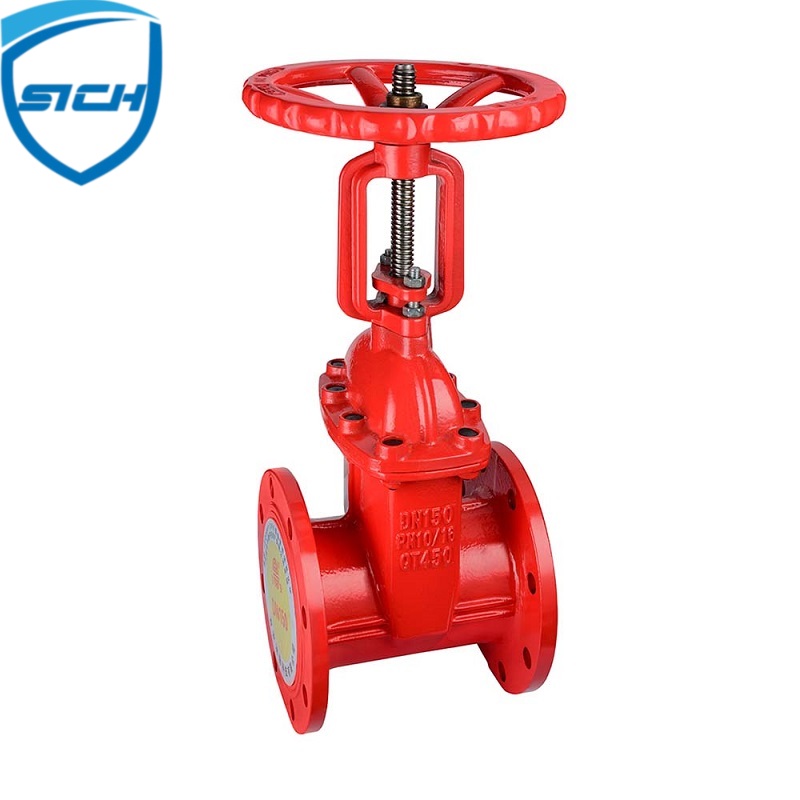Regulations regarding the use and installation of fire monitors can vary based on location and industry.
National Fire Protection Association (NFPA): NFPA codes and standards, such as NFPA 15 (Standard for Water Spray Fixed Systems for Fire Protection), provide guidance on the design, installation, and maintenance of water spray systems, including fire monitors.
International Maritime Organization (IMO): For marine applications, regulations outlined by the IMO, particularly in the International Convention for the Safety of Life at Sea (SOLAS), mandate the installation and maintenance of firefighting equipment, including monitors, on ships.
Local Building Codes: Municipal and regional building codes often include requirements for fire protection systems, specifying the use and installation of fire monitors in various structures.
Occupational Safety and Health Administration (OSHA): OSHA regulations in certain industries may dictate the necessity and specifications for fire suppression equipment, including monitors, to ensure workplace safety.
Industry-Specific Standards: Different industries might have their own specific regulations. For instance, the oil and gas industry might have distinct requirements for fire monitors due to the nature of the materials involved.
These regulations typically cover aspects such as:
Design and installation specifications for fire monitors.
Required flow rates, pressure, and coverage areas for effective firefighting.
Inspection, testing, and maintenance schedules to ensure operational readiness.
Training and qualifications needed for personnel handling fire monitor systems.
Documentation and records of installations, inspections, and maintenance.
It's crucial for individuals and organizations to comply with these regulations to ensure the proper functioning and effectiveness of fire monitors in the event of a fire emergency.
Fire monitors play a vital role in enhancing fire safety across various industries and settings by offering several key contributions:
Rapid and Targeted Fire Suppression: Fire monitors can deliver high volumes of water or firefighting agents directly onto a fire. This rapid response helps contain and suppress fires before they escalate, minimizing damage and potential injuries.
Coverage of Large Areas: In industries with expansive spaces, such as warehouses, ports, or refineries, fire monitors provide the ability to cover large areas efficiently, reaching places that might be challenging for personnel or other firefighting equipment to access.
Protection of High-Risk Areas: Certain environments, like chemical plants or oil refineries, have high-risk zones where fires can have catastrophic consequences. Fire monitors are strategically placed in these areas as a proactive measure to mitigate risks.
Maritime Safety: On ships and vessels, fire monitors are critical components of firefighting systems. They aid in combating fires that may occur on board and are essential for compliance with maritime safety regulations.
Suppression of Hazmat Fires: In industries dealing with hazardous materials, fire monitors equipped with specialized agents can address fires involving chemicals or flammable substances, reducing the risk of explosions or toxic releases.
Remote Operation and Automation: Some fire monitors can be operated remotely, allowing firefighters to maintain a safe distance while effectively controlling the fire. Automation features can enhance response times in emergency situations.
Integration with Fire Suppression Systems: Fire monitors can be integrated with other firefighting systems like sprinklers, alarms, and foam systems, creating a comprehensive fire safety infrastructure.
Enhanced Firefighting Capabilities: Their versatility in terms of adjustable flow rates, multiple nozzle options, and adaptability to different fire scenarios make fire monitors versatile tools for firefighting professionals.
Compliance with Regulations: In many industries, the installation of fire monitors is mandatory to comply with safety regulations and standards, ensuring that facilities maintain a certain level of fire protection.
Overall, fire monitors serve as proactive measures in fire safety plans, providing a robust and immediate response in the event of a fire, thereby reducing the potential impact on life, property, and the environment.

Copyright:@2020-2021
Comments Please sign in or sign up to post.
0
0 of 500 characters used